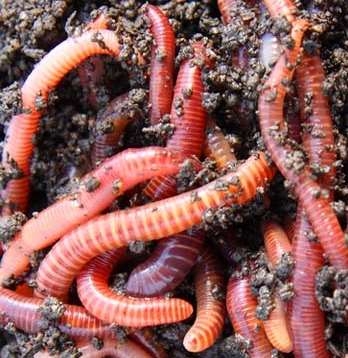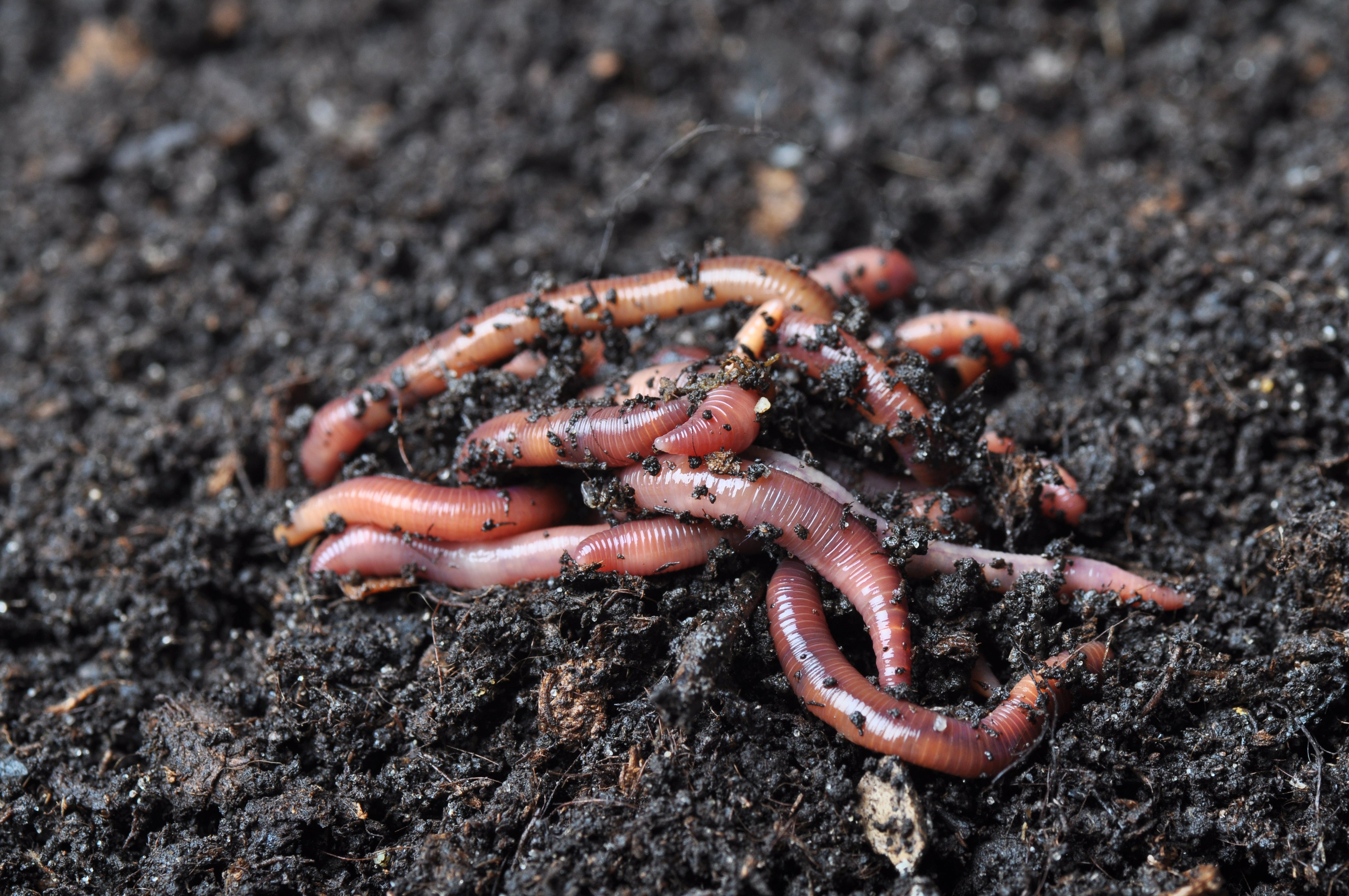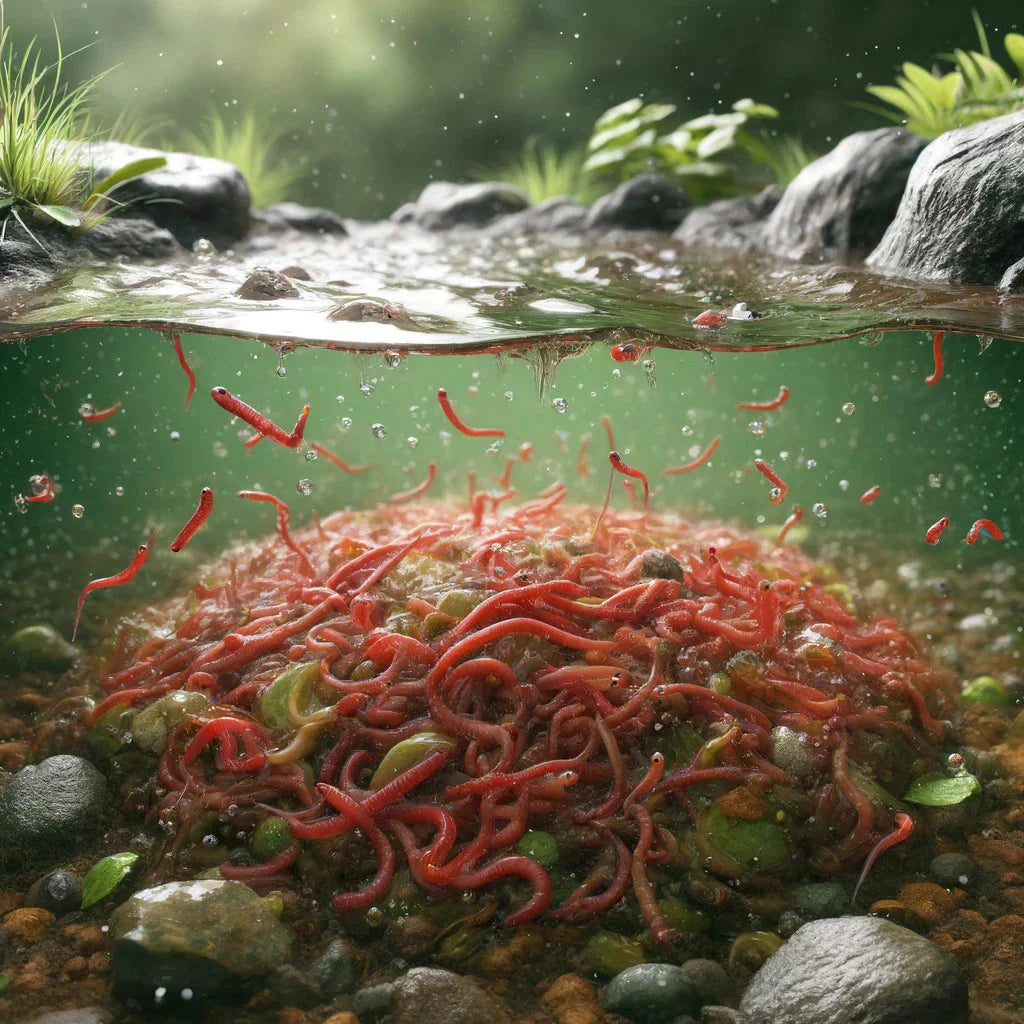The Duty of Red Wigglers in Sustainable Gardening
The combination of red wigglers right into lasting gardening methods uses an engaging approach to enhancing soil health and wellness and minimizing natural waste. These microorganisms not just transform kitchen scraps into nutrient-dense compost through vermicomposting however likewise aerate the soil, promoting ideal conditions for plant growth. As they break down complicated organic materials, they proactively promote a prospering microbial ecological community important for sustainable agriculture. However, the implications of making use of red wigglers expand past plain composting; their duty in forming a much more sustainable future warrants a deeper expedition of their advantages and functional applications.
Understanding Red Wigglers
Red wigglers, medically called Eisenia fetida, are a species of earthworm renowned for their duty in sustainable horticulture and composting practices - red wigglers. These worms grow in disintegrating natural matter, making them specifically efficient in transforming kitchen area scraps and backyard waste into nutrient-rich garden compost. Unlike conventional earthworms, red wigglers have a greater tolerance for differing moisture levels and can prosper in atmospheres with bountiful organic product
The environment preferences of red wigglers include wet, dark settings rich in organic web content, such as garden compost bins or worm ranches. Their environmental role expands past composting; they are essential in freshening the dirt and assisting in nutrient biking, which eventually contributes to much healthier garden ecosystems. red wigglers. Recognizing the biology and habits of red wigglers is essential for those looking for to execute reliable vermicomposting in sustainable gardening
Advantages of Vermicomposting
Vermicomposting offers various benefits that improve sustainable horticulture methods and add to environmental wellness. One of the key benefits is the makeover of organic waste right into nutrient-rich compost, which enhances dirt structure and fertility. The castings created by red wigglers are loaded with helpful microorganisms and essential nutrients, making them an exceptional all-natural fertilizer.
Furthermore, vermicomposting significantly minimizes land fill waste. By diverting kitchen area scraps and backyard waste from landfills, this method not just minimizes methane discharges-- a powerful greenhouse gas-- yet also promotes a circular economic situation, where waste is repurposed as a resource.
One more advantage is the improvement of dirt oygenation and drainage (red wigglers). The burrowing task of red wigglers creates channels in the dirt, allowing air and water to permeate even more quickly, hence cultivating a much healthier root system for plants
Furthermore, vermicomposting can be done on a little range, making it easily accessible for city garden enthusiasts and those with minimal space. This technique motivates ecological stewardship and understanding, as people end up being a lot more involved with their waste administration methods. Eventually, vermicomposting stands for a lasting, effective, and green strategy to horticulture that profits both plants and the world.
Exactly How to Start Vermicomposting
Beginning your very own vermicomposting system can be a fulfilling undertaking that boosts your lasting gardening find more practices. To start, pick a suitable container, such as a plastic bin or wooden box, with excellent drain and ventilation. The size will certainly rely on the volume of kitchen scraps you create; a container of 10-14 gallons usually is enough for a household.
Following, prepare the bed linens material. Shredded paper, cardboard, and coconut coir are superb choices, offering a comfortable environment for the red wigglers. Objective for a bedding deepness of about 4-6 inches, which need to be damp but not soggy.
Once the bed linens is established, present your worms. Red wigglers (Eisenia fetida) are the most ideal for composting. Begin with roughly one pound of worms for every single 2-3 pounds of cooking area scraps weekly.
Begin adding cooking area waste, avoiding meat, milk, and oily foods, as these can attract parasites and create odors. Routinely check the bin's dampness levels and temperature level, guaranteeing it remains within the excellent range for worm task. With these first steps, you'll be well on your method to developing nutrient-rich compost for your garden.
Keeping a Healthy Worm Bin
A prospering worm bin calls for regular care and focus to keep an optimal environment for the red wigglers. Trick elements to check include moisture levels, temperature, and food supply. Keeping a dampness level akin to a wrung-out sponge is vital; excessive water can result in anaerobic problems, while insufficient can dry out the worms.
Temperature level is also crucial, as red wigglers flourish in a series of 55 to 77 levels Fahrenheit. Severe temperature levels can emphasize the worms, possibly bring about death. Therefore, placing the bin in a climate-controlled location or using shielding products can aid manage temperature level variations.

Lastly, oygenation is vital. Consistently turning the bed linen and using a fork or shovel can stop compaction and advertise airflow, making certain a healthy, successful setting for the red wigglers. By adhering to these methods, garden enthusiasts can maintain an efficient worm container that supports sustainable horticulture initiatives.
Effect On Soil Health And Wellness
Enhancing dirt health and wellness with the use of red wigglers is an essential element of lasting gardening. By taking in organic matter, red wigglers break down intricate products right into easier compounds, a process understood as vermicomposting.


Conclusion
In final thought, red wigglers considerably contribute to lasting horticulture with their effective vermicomposting practices. By advertising waste reduction and fostering a round economic situation, red wigglers emerge as important components in green horticulture efforts, underscoring their essential function in environmental sustainability.
Comments on “Composting-optimized red worms: A guide to their life cycle”